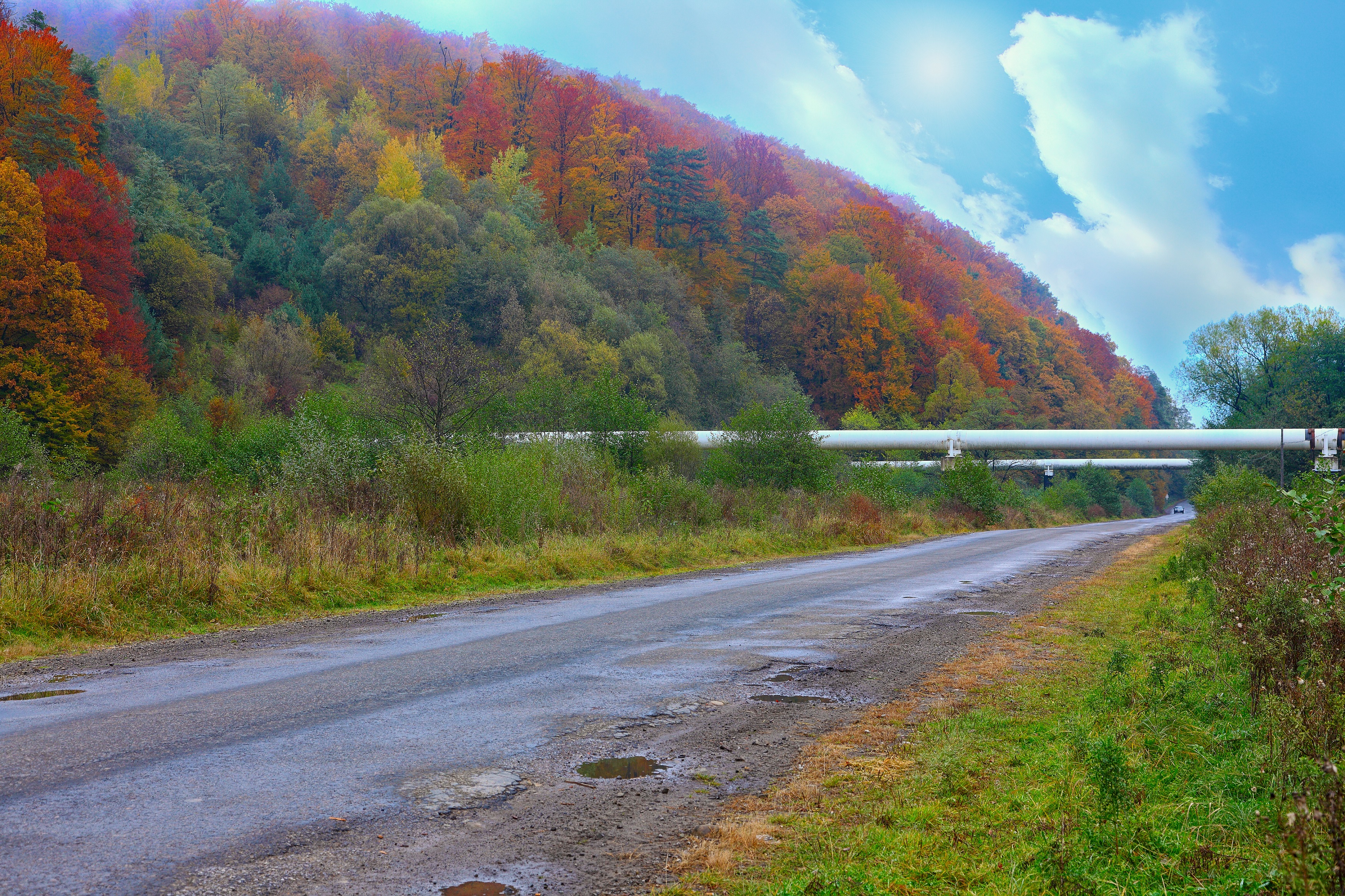NOAA: Jordan Cove LNG Project Would Have Minimal Environmental Impact
COOS BAY, Ore. (AP) — Federal authorities suggested the environmental impact of a proposed liquefied natural gas terminal and pipeline in southern Oregon would be minimal, saying the contentious project wouldn’t jeopardize protected species or adversely change their critical habitat.
The National Oceanic and Atmospheric Administration said its review shows that the affects of the proposed Jordan Cove liquefied natural gas terminal and a 230-mile (370-kilometer) feeder pipeline along Coos Bay would be short term or on a small scale and dispersed broadly across 250 miles.
The biological study done by NOAA scientists reviewed 17 species listed under the Endangered Species Act and their critical habitats, including whales, sea turtles, salmon and other fish species.
In November, the Federal Energy Regulatory Commission’s staff in its final environmental analysis concluded that the contentious natural gas export project would likely have an adverse affect on wildlife, including 18 federally-listed or proposed threatened and endangered species.
The proposed marine terminal, in Coos Bay, would allow export of American liquid natural gas to Asia, and it would have a 230-mile feeder pipeline from an interstate gas hub in Klamath County. The pipeline would transport the natural gas, which would be converted from a vapor to more compact liquid natural gas for export.
“NOAA’s opinion on Jordan Cove will pave the way for more American jobs and vastly expanded exports of domestically sourced liquefied natural gas to prized Asian markets,” Secretary of Commerce Wilbur Ross said in NOAA’s announcement. “The speed of this decision was only made possible by recent reforms to the infrastructure permitting process, while still allowing the relevant authorities ample time to determine that no species or critical habitat would be jeopardized.”
The Federal Energy Regulatory Commission’s review also indicated that the project would permanently and significantly impact the visual character of Coos Bay, generate significant but temporary noise and housing problems, and significantly impact operations of the Southwest Oregon Regional Airport operations.
The agency’s commissioners are expected to vote on the final order on Feb. 13, though the project also faces numerous state, federal and local approvals before construction can begin.
Jordan Cove has touted the jobs and tax benefits that come with the project and promised to undertake extensive mitigation to preserve old growth forests, wetlands and riparian habitat.
NOAA said those measures could benefit species in the long term, including restoring tidelands and freshwater floodplain and establishing eelgrass habitat.
Opponents have emphasized that the project was earlier rejected by the regulatory commission in 2016 because backers couldn’t demonstrate a public need for the project that outweighed its impacts on landowners impacted by the proposed Pacific Connector pipeline, which would stretch across much of southern Oregon.
Related News
Related News

- Keystone Oil Pipeline Resumes Operations After Temporary Shutdown
- Biden Administration Buys Oil for Emergency Reserve Above Target Price
- Enbridge to Invest $500 Million in Pipeline Assets, Including Expansion of 850-Mile Gray Oak Pipeline
- Williams Delays Louisiana Pipeline Project Amid Dispute with Competitor Energy Transfer
- MEG Energy Confirms Trans Mountain Pipeline Expansion to Begin Line Fill in April
- Evacuation Technologies to Reduce Methane Releases During Pigging
- Editor’s Notebook: Nord Stream’s $20 Billion Question
- Enbridge Receives Approval to Begin Service on Louisiana Venice Gas Pipeline Project
- Russian LNG Unfazed By U.S. Sanctions
- Biden Administration Buys Oil for Emergency Reserve Above Target Price





Comments